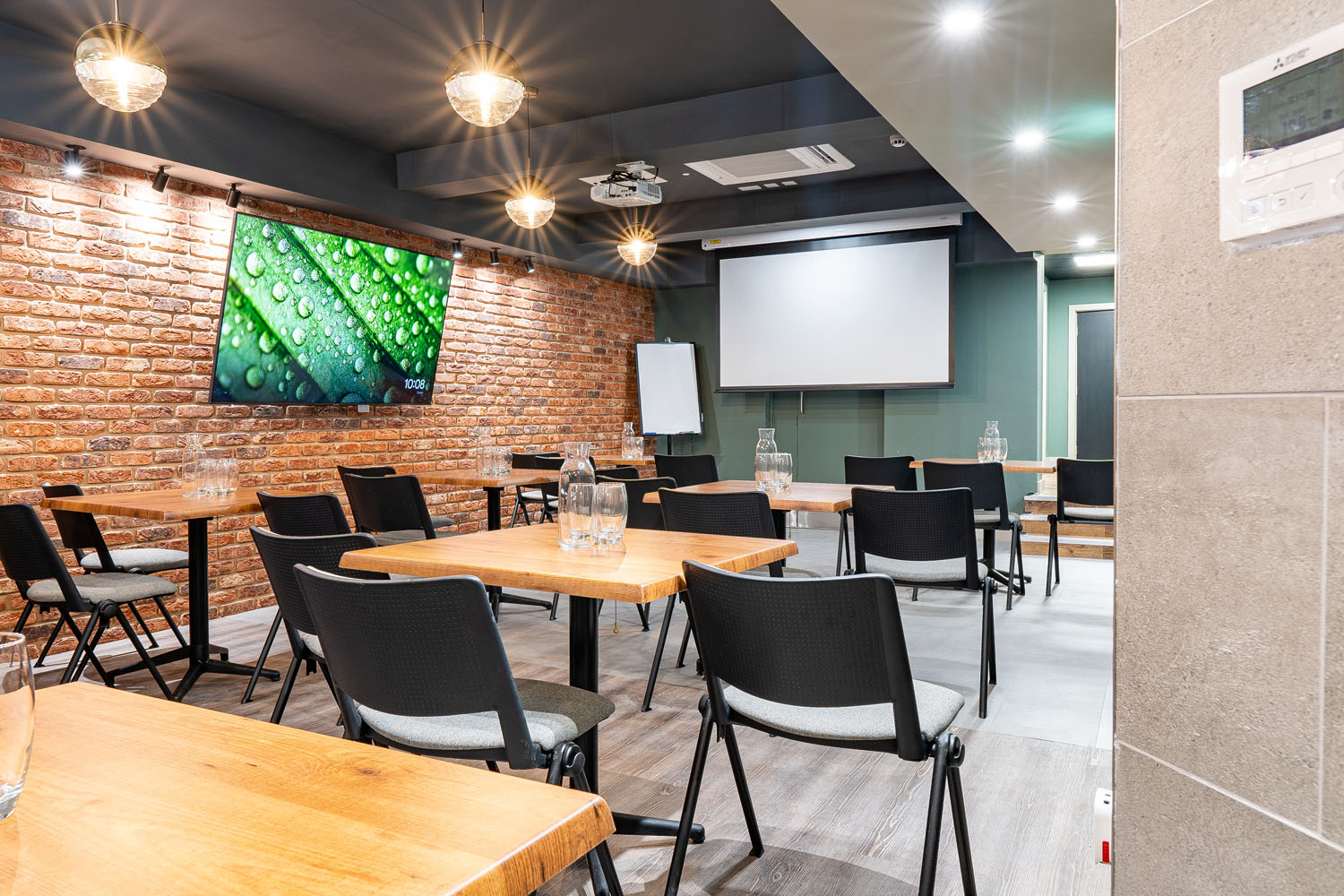The retail landscape is ever evolving, and enterprises are realizing the significant impact of a properly done fit-out on their prosperity. A retail transformation is more than just a physical change of a location; it is a calculated method that can elevate the customer experience, demonstrate brand identity, and in the end boost revenue. As an increasing number of merchants strive to create engaging client experiences, grasping the nuances of commercial renovations becomes vital for those looking to launch or upgrade a shop.
In this discussion, we will investigate inspiring instances of effective commercial designs from around the world, showcasing how creative aesthetics and thoughtful preparation have led to impressive results. From busy metropolitan areas to charming niche shops, these case studies will offer valuable insights into how to create an appealing commercial space that merely engages shoppers but also responds to modern trends and anticipated demands. Join us as we delve into the world of store designs and reveal the key components that can boost your company.
Understanding Retail Space Transformations and Their Significance
Fit-out projects refer to the process of modifying a space into an appealing and functional shopping setting. This involves different components such as design, layout, branding, and atmosphere all crafted to enhance the consumer experience. A successfully implemented fit-out can effectively convey a brand's essence, making it essential for attracting and keeping customers. Understanding the importance of a retail fit-out goes past visual appeal; it encompasses strategic approaches that can greatly impact revenue and foot traffic.

The importance of a retail fit-out lies in its ability to cultivate a welcoming shopping environment that attracts customers in. A thoughtfully conceived space not just display products effectively but also encourages shoppers to engage with those products and invest more duration within the store. This increased time spent can lead to increased sales conversions, changing casual browsers into faithful customers. Moreover, the layout and design can promote smooth navigation and an overall satisfying shopping experience, reinforcing favorable views of the brand.
In the current competitive retail market, a well-executed fit-out can distinguish a store apart. With the rise of e-commerce, physical stores must deliver unique atmospheres that online shopping cannot duplicate. Retail fit-outs permit retailers to incorporate cutting-edge designs and techniques that cater to the shifting demands of shoppers. By understanding and putting resources into a captivating fit-out, retailers can not only enhance their lure but also form lasting impressions that drive continued success.
A Commercial Fit-Out Procedure: Preparation and Implementation
This retail fit-out process starts with thorough planning, which is crucial for ensuring a successful result. The phase involves establishing the project scope, creating a feasible financial plan, and establishing a schedule. Working with designers and contractors early on helps to align your vision with practical implementation. you can check here 's also important to take into account the specific needs of your intended customers and the complete brand identity, which will guide the design features and arrangement decisions.
After the preparation is complete, the execution phase kicks off. This involves coordinating various contractors and ensuring that all components of the fitting is conducted efficiently. Frequent gatherings and check-ins with your team members are necessary to resolve any issues that may come up and to keep the progress on track. Being detail-oriented during execution can significantly impact the final product, so it is vital to monitor the standard of craftsmanship and ensure that every component are installed according to the planned design.
Following the execution phase, the subsequent action is the conclusive inspection and adjustments. A thorough walkthrough will assist identify any issues that require attention before launching your retail space. This step is also an opportunity to ensure that all installations are functional and that the space aligns perfectly with your initial concept. Completing this process effectively will not only but also enhance the customer experience but also establish a strong base for your business activities going forward.
Groundbreaking Developments and Green Practices in Store Designs
The commercial industry is evolving swiftly, with innovative practices appearing that reshape consumer interaction and environmental responsibility. One significant development is the incorporation of intelligent systems, which enhances the shopping experience through tailored experiences and smooth workflows. Retailers are employing data analytics and interactive displays to create immersive environments that not only attract customers but also provide them with relevant information, ensuring a noteworthy visit. This method not only increases sales but also fosters a deeper connection between brands and customers.
Sustainability is at the forefront of modern retail fit-outs, as businesses gradually recognize the necessity of eco-friendly practices. From using eco-friendly materials to implementing efficient energy systems, retailers are taking significant steps toward lowering their carbon footprint. Biophilic design, which incorporates natural elements into store plans, is gaining acceptance as it creates welcoming spaces that resonate with customers while promoting well-being. Additionally, retailers are putting resources into green energy and minimization practices, demonstrating their dedication to a sustainable future.
Furthermore, creative retail fit-outs are emphasizing versatility and adaptability to accommodate changing consumer behaviors. The rise of online shopping has led to brands to create multifunctional spaces that can quickly adapt to address different needs, such as hosting events or showcasing new products. Temporary shops have become a smart approach, allowing businesses to experiment with markets in dynamic environments without long-term commitments. This trend not only fosters creativity but also provides a platform for brands to engage with their audiences in unique ways, ultimately driving growth and client retention.
